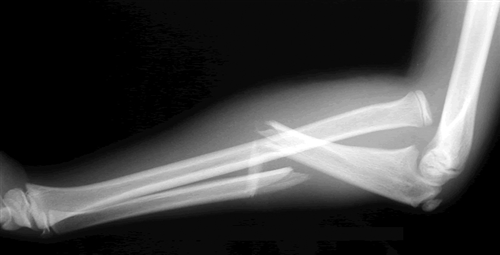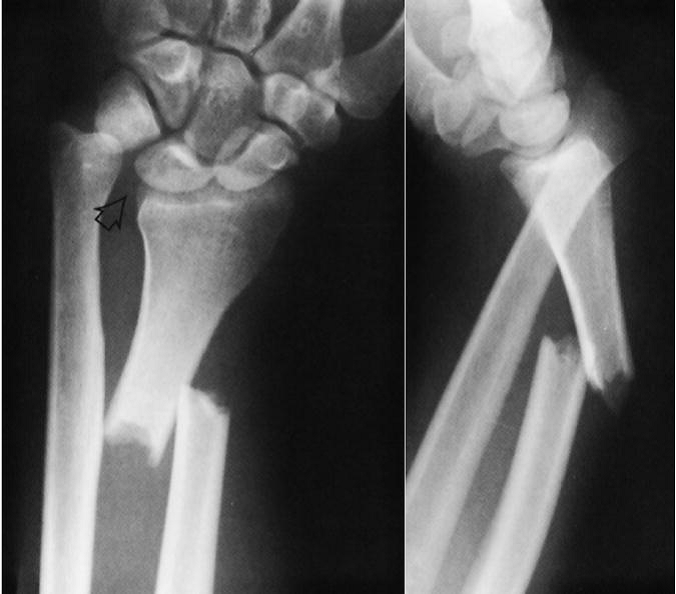Injury of the popliteal artery is potentially devastating. Since this vessel is essentially and end artery, any complication resulting in thrombosis can result in limb loss. Traditionally, significant injuries have been treated with open repair and/or bypass. However, endovascular therapies have been making inroads in this area. Short-term outcomes appear to be equivalent. But what happens in the long term? Is one better than the other?
Scripps Mercy in San Diego (yes, same as yesterday’s abstract!) performed a retrospective review of the same California state discharge database. This time, they focused on patients with popliteal artery injury, and the attendant complications of fasciotomy and amputation. They stratified the patients into open and endovascular groups.
Here are the factoids:
- 769 patients with popliteal artery injury were identified over an 8-year period
- 59% were managed with an open operation, 4% using endovascular techniques, 2% combined, and 34% nonoperatively
- Fasciotomies were performed significantly more often in the open group (41% vs 19%)
- More amputations were performed in open cases, but this was not significantly different (11% vs 3% [1 patient in the endovascular group])
- Embolism or thrombosis was significantly more likely during the first admission in endovascular or combined endo/open cases
- Patients requiring both endo and endo+open procedures were 5x more likely to undergo a later amputation, and 4x more likely to die after discharge
Bottom line: First, remember the limitations of this study: (very) small numbers, and a large database that precludes teasing out details. It suggests that open repair of popliteal injury is superior to endovascular due to higher thrombosis/embolism and amputation rates. Performing a fasciotomy is somewhat subjective, and may be done by surgeon preference to protect the limb. But amputation is more objective.
Unfortunately, we will not get anything more definitive any time soon. This 8-year analysis of a huge state database yielded only 769 cases, or 96 per year. In a state with 39 million people. That’s three injuries (reported) per million people per year. We will never generate a study that will tell us the full answers. But in the meantime, consider endovascular repair of popliteal artery injury only in patients for whom an open procedure is more challenging or risky (e.g. obesity, associated wounds).
Reference: Outcomes for popliteal artery injury repair after discharge: a large-scale population-based analysis. Session XXII Paper 55, AAST 2018.




